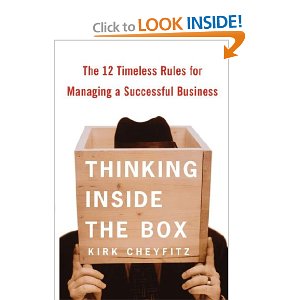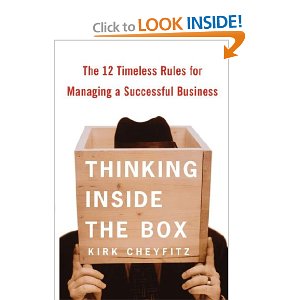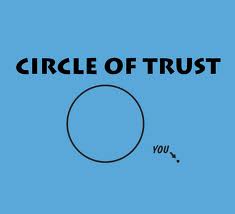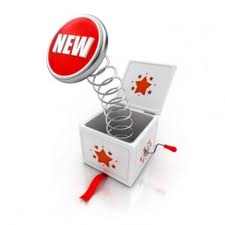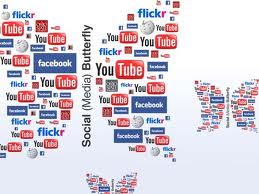I don’t know about you, but I’ve always thought that LinkedIn was the grownup Facebook. When it first started, I didn’t think much of it, but over the years, LinkedIn has become a powerful networking tool, not only for job-searchers, but for everyone in a professional community. Today let’s take a look at a few things that you can do to maximize your and your organization’s presence on LinkedIn.
Complete Your Profile
When starting out on LinkedIn, completing your organization’s profile is important. This is because the heart of LinkedIn is connecting people. The more information it has about you, the better it can serve as a networking resource for you and
your organization. Take some time to think about 10 to 15 keywords that you think would best describe your agency and their mission. Using the right keywords will attract the right people to your page.
Not only is an organization profile important, but it is important that everyone connected to your organization has complete profile as well. Make sure employees, volunteers and board members take the time to fill their profiles completely. There is a “Volunteer and Causes” section that can be added to personal profiles where supporters can list your organization.
Companies as Donors
If you are looking to find a company to sponsor an event or make a donation, LinkedIn would be a great place to start. Many companies will list in their profiles if they give to charitable causes or not. If you cannot find info on their profile, see who is connected to that company and reach out to people in your network.
Follow People
I am not an advocate for stalking, except for in the case of LinkedIn. The more connections you have, the better your network, so follow people you know and people you don’t know. Having a connection can help you along the way, when it comes to
gaining volunteers, finding new donors, hiring a new employee, or finding a new board member.
Group Hug
One of the most dynamic sections to LinkedIn is their groups. There are groups focused on just about everything. Join as many as you can or have your organization start one tailored to discussions about your mission. People expect to start conversations in LinkedIn and groups can be a great way to create new connections.
Keep People Up to Date
LinkedIn is just like every other social media site; as in it works best when you update it frequently. So share news and blog updates with your community there too. Also, LinkedIn does a good job of of aggregating news that is important to you. It is a great place to find new articles to share with your followers as well.
Find Your Next Board Member
LinkedIn just released a new, exciting tool for nonprofits called LinkedIn Board Connect. This allows nonprofit organizations to use LinkedIn to find people who might be a good fit to be the next member of your board. For more information on this new service, take a look at LinkedIn’s announcement. Also, they are having a webinar on Wednesday, October 10, 2012 to explain what Board Connect can do. I suggest joining in to see if this is a tool that would be beneficial to your organization.
I’ve said it before and I’ll say it again: finding the right social network for your organization is key to your social media success. LinkedIn can be a powerful tool to find people and grow your community. How does your organization use LinkedIn? What are some of the things that work best on this social network for you? I’d love to talk about it in comments!









